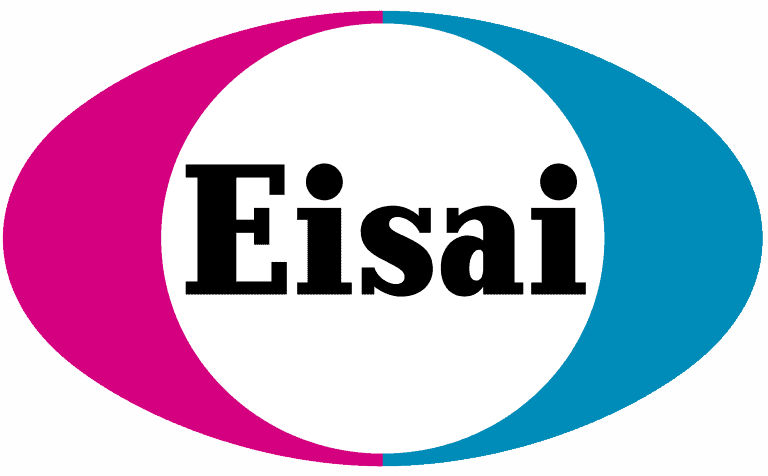Artificial intelligence (AI) is the use of computer systems to perform complex tasks that would typically require a human to perform, such as visual perception, speech recognition, decision-making, translations, or even coming up with a title for this blog! The focus on AI continues to increase as the concept jumps out of the realm of sci-fi movies and into applications many of us have the ability to interact with on a daily basis, like ChatGPT. The strength of AI in relation to a human brain is the ability of AI to process very large amounts of data in a very short time and to recognize patterns within that data, an aspect that has made AI an attractive solution for advancing research and supporting the healthcare system. I recently attended the 2nd International Conference on AI in Epilepsy and Neurological Disorders to understand more about challenges and opportunities that could impact research for Dravet syndrome and related epilepsies. This blog will focus on areas where AI is bolstering epilepsy research and care, barriers and considerations for the use of AI, and examples of recent DSF investment in research related to AI.
There are many examples of AI applications in current scientific research. Advancing scientific knowledge and new technology is allowing researchers to gather incredibly large and intricate datasets in relatively short periods of time. It is possible to use arrays to screen drugs in millions of neurons on a daily basis and gather detailed information on efficacy as well as off-target effects. AI enables the immense data from these experiments to be analyzed and relevant insights to be extracted in a relatively short amount of time, a task that would be time and cost intensive if performed by an expert researcher. State-of-the-art video capture systems enable the long-term detailed tracking of behavior in model animal systems of epilepsy. In addition to the strength of AI in handling that large scale of data from this video capture (which would again take an experienced human reviewer immense amounts of time to process), AI is also able to find ‘behavioral fingerprints’ that are not detectable through manual review by human researchers, even providing insights into side effects of drugs and predicting aspects of disease severity from only analysis of behaviors outside of seizure activity. Additionally, AI methods could further standardize the analysis of data, potentially reducing some of the variability or unintentional human biases. However, the caveat is that AI is only as good as the data it is trained on, which can still introduce existing bias into the algorithms.
Beyond research, AI could aid the healthcare system in several ways that would ideally lead to improved care for patients. One example is EpiToMe, a platform to streamline the data entry and billing process for healthcare providers that was developed at UTHealth Houston. Reducing the administrative burden on providers can allow for more face-to-face time with patients and less clinician burn-out related to tasks outside of direct patient care. Additionally, EpiToMe is able to generate reports based on health data, allowing clinicians to better track patient progress which could support consistent, high-quality care of individuals with epilepsy. Another example of the potential utility of AI in clinical practice is the growing evidence that AI analysis of the medical record could reduce the time to diagnosis or referral to appropriate therapies by months or even years. Of course, AI is not going to replace a trained medical professional in the foreseeable future, but these algorithms could aid clinicians by flagging particular diagnoses that might be relevant to a patient under their care. One last commonly discussed application of AI in healthcare is the analysis of EEGs. Currently, AI is at least as reliable as the inter-reliability between multiple expert clinicians at the analysis of EEGs. Automated analysis of EEGs could possibly be used as a support to health care professionals in under-resourced areas where expert epileptologists may not be available. AI analysis of EEG data could also be important for research as these are large and complicated datasets where it is possible AI might pick up on signals or patterns that have not yet been identified and could be used as biomarkers of disease. These are just a few examples of the many ways AI is being developed and deployed to support clinical care.
Despite these exciting advancements in technology, challenges still remain with the integration of AI into the clinic and research setting.
- AI ‘learns’ from the data it is given. As a bit of an extreme example, if you only have medical data from females that goes into a learning model to aid in clinical diagnosis, there would be a higher chance it could make a mistake in identification of diagnoses in male patients. Data could be unintentionally biased in a number of ways due to lack of representation of the full spectrum of potential clinical presentations and outcomes.
- Another concern is the potential for AI to get things wrong when used in a clinical setting. If the use of AI leads to poor diagnostic decisions, should the developers of the algorithm be held accountable? There is a also large push for transparency in the algorithms behind many of the AI platforms, with researchers trying to move away from the idea of a ‘black box’ between the data and the output. Ethical considerations seem to weave into many aspects of the application of AI technology, and there will likely need to be consensus building on the best approaches to some of these novel scenarios.
- Particularly in the research realm, the large data sets that are being collected to inform and probe with AI pose several problems outside of the analysis, including the massive amounts of storage required to house many of these datasets and the challenges to sharing data to create repositories that allow for new discoveries. Since these large datasets also often incorporate patient data, privacy is a major concern for how the data is housed and the use of secured databases is of high importance.
I do not anticipate that the development and refinement of AI is going to slow any time soon. It is important for multiple stakeholders to be involved in the conversations about how AI is used in healthcare research and delivery to ensure that AI is deployed in an ethical way that provides tangible benefits with minimal risks of harm.
Given all of this promising progress, DSF has invested in some research projects related to AI that will keep Dravet syndrome research at the forefront. In early 2023, DSF began funding for a project to develop an ontology-driven AI platform. An ontology is a network of words organized by relationships (such as connecting that “Dravet syndrome” is a type of “Epilepsy” that is categorized as a “Developmental and Epileptic Encephalopathy” etc). An ontology can be fed into existing large language models (like what powers platforms like ChatGPT), allowing a refinement of the ability of that model to analyze data related to those specific terms and their relationships. This effort is working to build out an ontology to include terms specific to both the clinical presentation as well as the basic science modeling of Dravet syndrome. Importantly, the development of the Dravet-ontology has involved patient advocates, adult and pediatric clinicians, and scientists to ensure a broad set of expertise is informing the ontology. Ideally this research could lead to the development of a platform that would aid in the review of existing research as well as to probe previous data to answer novel research questions. Another project DSF recently invested in was an impressive $1 million grant to researchers at the Children’s Hospital of Philadelphia to perform whole genome sequencing on samples from patients with SCN1A-related epilepsy and look for signals in their genetics beyond SCN1A that might explain some of the variability in presentation of symptoms (or ‘phenotype’) between patients. Part of this project uses previously developed algorithms to pull phenotype information from the electronic medical record of patients and organize it in a way that allows for analyses of patient trends. DSF is proud to be supporting these projects that will hopefully provide novel insights into Dravet syndrome while also developing tools and datasets that can drive future research advancements.





